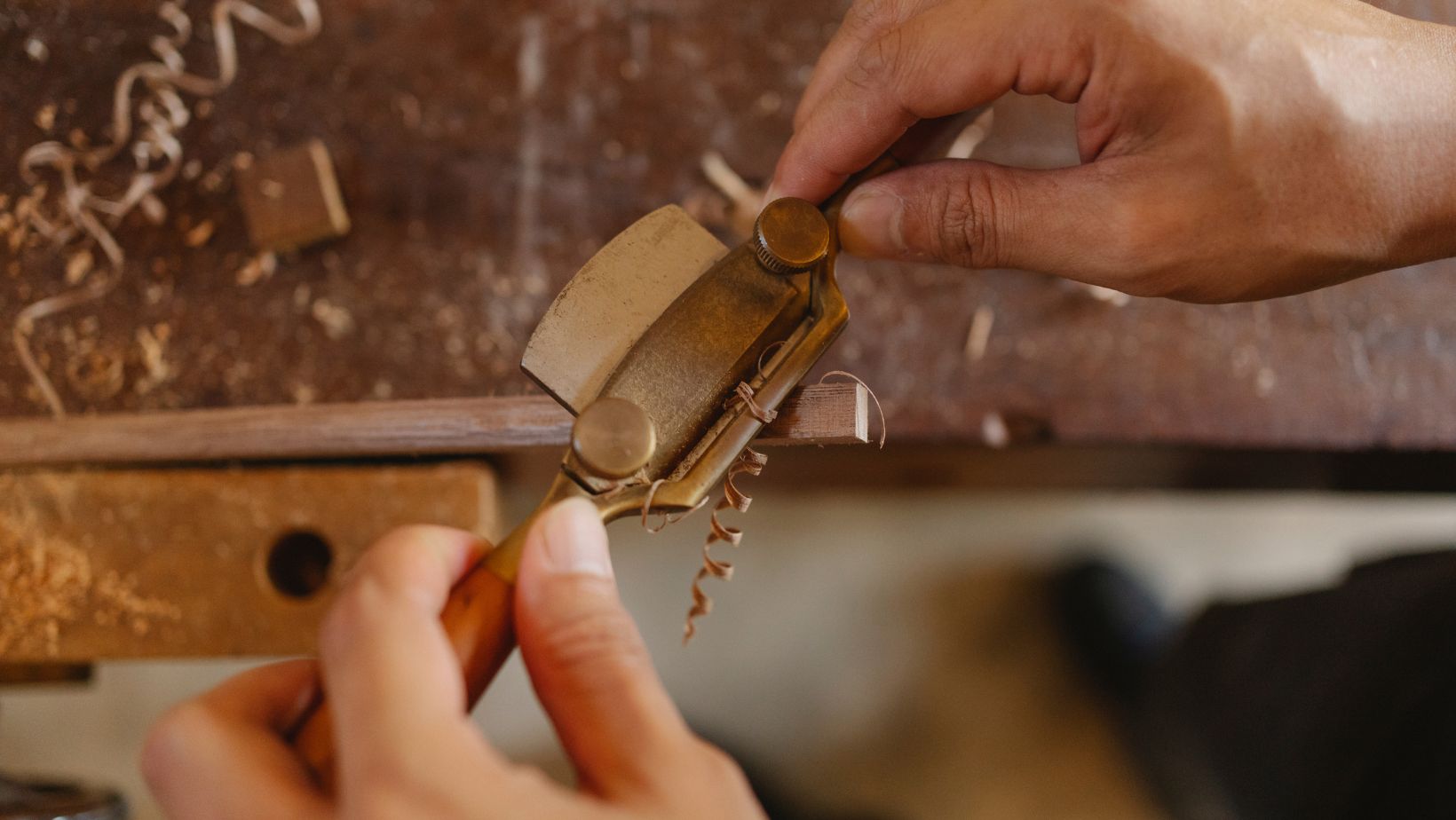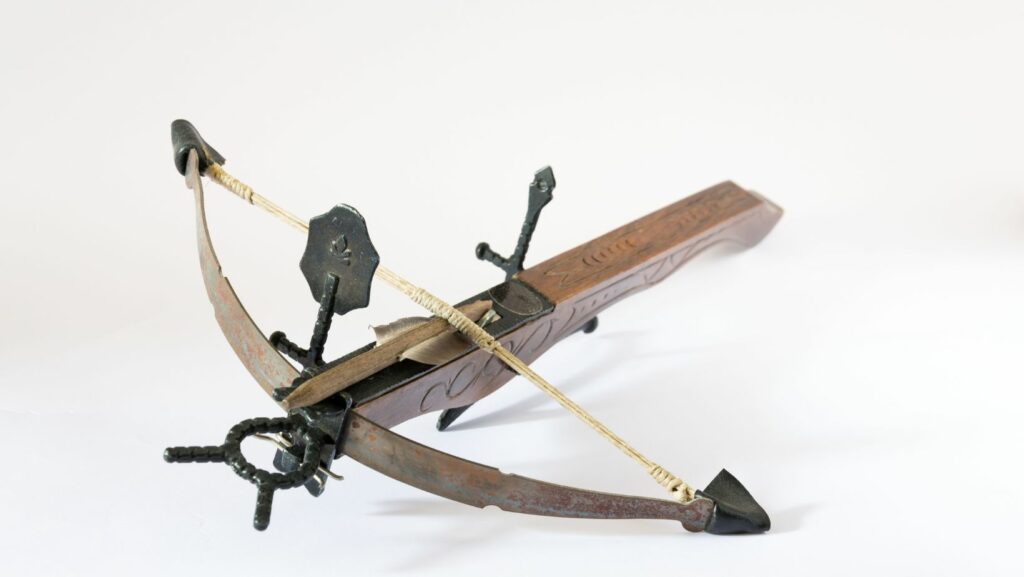How To Craft Crossbow
Crafting a crossbow may seem like a daunting task, but with the right guidance and a bit of patience, you can create your own powerful weapon. In this article, I’ll provide step-by-step instructions on how to craft a crossbow from scratch. Whether you’re an experienced archer looking to expand your arsenal or a beginner interested in learning a new skill, this guide will walk you through the process.
To begin crafting your crossbow, you’ll need some essential materials. These include a sturdy piece of wood for the main body, flexible material such as PVC pipe or fiberglass rods for the limbs, strong cord or string for tensioning, and various tools such as saws, files, and sandpaper. It’s important to gather all the necessary components before starting to ensure a smooth crafting experience.
Once you have all your materials ready, it’s time to dive into the construction process. First, measure and cut the wood according to your desired crossbow size. Next, shape the ends of the wood into appropriate limb pockets where the limbs will be attached later on. Then attach the limbs securely using screws or glue.
After constructing the main body of your crossbow, it’s time to focus on adding details such as trigger mechanisms and sights. This step requires precision and attention to detail to ensure proper functionality and accuracy when shooting. Finally, don’t forget about safety precautions – always wear protective gear when handling tools and testing your newly crafted crossbow.

Understanding Crossbow Parts
When it comes to crafting a crossbow, it’s essential to have a solid grasp of its different components and how they work together. In this section, we’ll delve into the various parts that make up a crossbow, providing you with an understanding of their functions and importance.
- Stock: The stock, also known as the butt or handle, is the main body of the crossbow. It provides stability and support while aiming and shooting. Typically made from wood or synthetic materials, the stock is designed to be comfortable to hold and easy to grip.
- Limbs: The limbs are arguably the most critical part of a crossbow as they store and release energy when the bowstring is drawn back and released. Usually made from fiberglass or carbon fiber composite materials, these flexible limbs play a vital role in determining the power and accuracy of your shots.
- Bowstring: The bowstring is what connects the two limbs together when cocked. It’s usually made from durable materials such as high-quality synthetic fibers or fast-flight strings for optimal performance. The bowstring transfers energy from the limbs to propel the arrow forward upon release.
- Riser: Positioned between the limbs, the riser serves as a platform for attaching various accessories like sights and quivers while also providing structural support for other components. Constructed from aluminum alloy or carbon fiber, risers are often designed with ergonomic features for enhanced comfort during use.
- Trigger Mechanism: The trigger mechanism controls when the bowstring is released after being drawn back. This crucial part ensures precise timing to achieve accurate shots consistently. It consists of a trigger lever, sear mechanism, safety mechanism (optional), and other related mechanisms that vary depending on different crossbow models.
- Sight: A sight is an optional accessory that helps improve accuracy by aiding in aiming at specific targets accurately over different distances. There are various types of sights available, including red dot sights, holographic sights, and telescopic sights. Choose one that suits your shooting style and preferences.
- Quiver: A quiver is a container used to hold arrows securely while not in use. It’s typically attached to the stock or riser of the crossbow for quick access to arrows during hunting or target practice. Quivers come in different styles, such as detachable quivers and bow-mounted quivers.
Remember, understanding each part of a crossbow is crucial for crafting it effectively. Take your time to familiarize yourself with these components before embarking on your crossbow building journey. By having a solid understanding of how these parts work together harmoniously, you’ll be well-equipped to create a functional and reliable crossbow that suits your specific needs.

